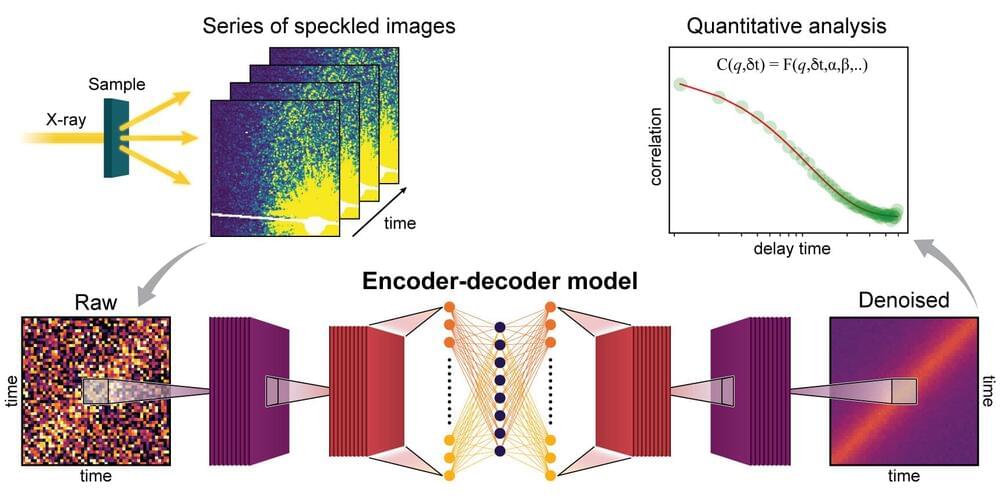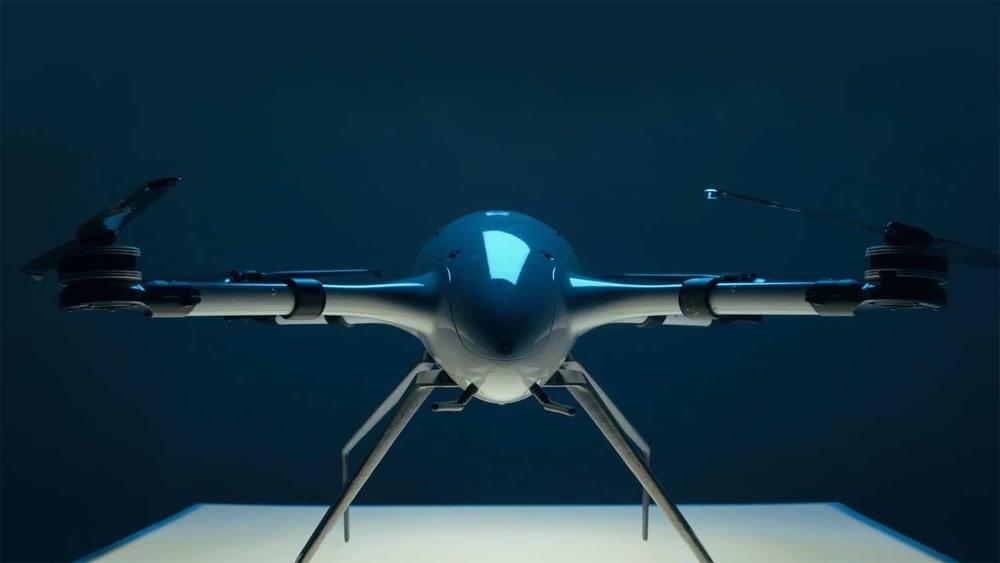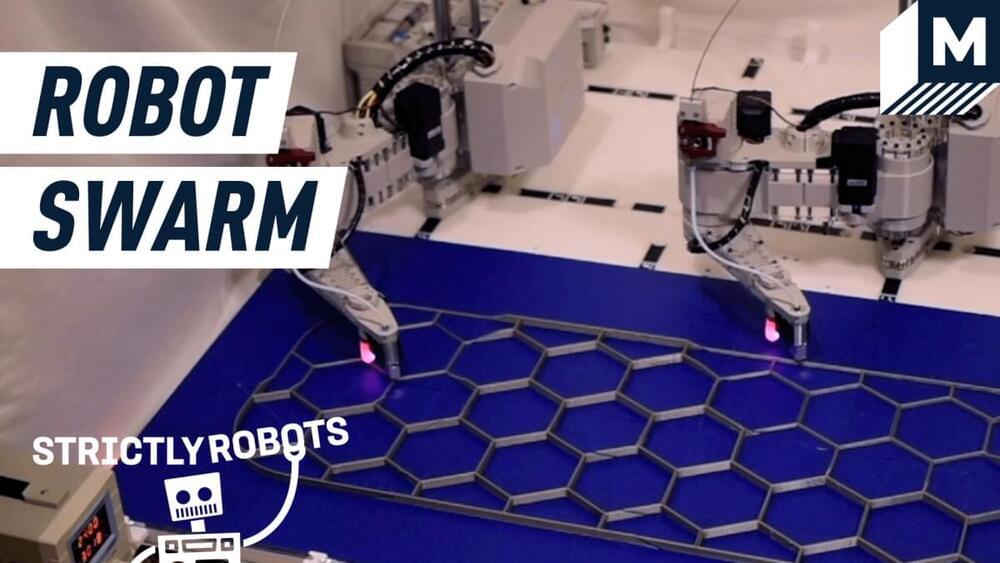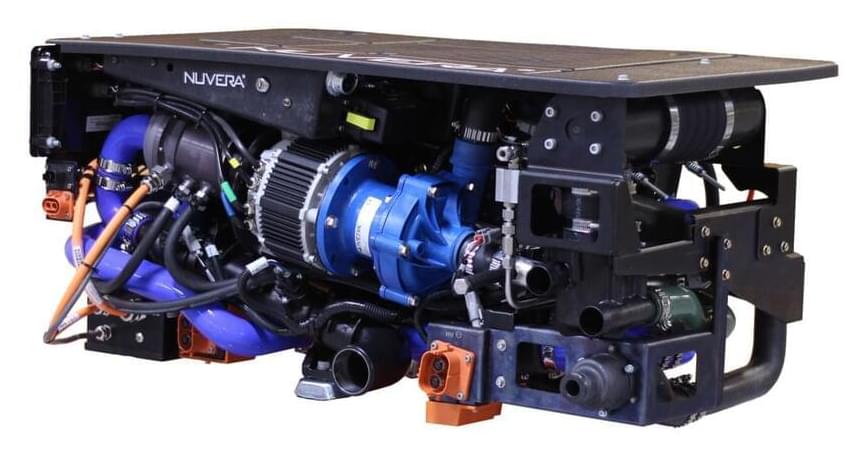Remote robotic-assisted surgery is far from new, with various educational and research institutions developing machines doctors can control from other locations over the years. There hasn’t been a lot of movement on that front when it comes to endovascular treatments for stroke patients, which is why a team of MIT engineers has been developing a telerobotic system surgeons can use over the past few years. The team, which has published its paper in Science Robotics, has now presented a robotic arm that doctors can control remotely using a modified joystick to treat stroke patients.
That arm has a magnet attached to its wrist, and surgeons can adjust its orientation to guide a magnetic wire through the patient’s arteries and vessels in order to remove blood clots in their brain. Similar to in-person procedures, surgeons will have to rely on live imaging to get to the blood clot, except the machine will allow them to treat patients not physically in the room with them.
There’s a critical window of time after a stroke’s onset during which endovascular treatment should be administered to save a patient’s life or to preserve their brain function. Problem is, the procedure is quite complex and takes years to master. It involves guiding a thin wire through vessels and arteries without damaging any of them, after all. Neurosurgeons trained in the procedure are usually found in major hospitals, and patients in remote locations that have to be transported to these larger centers might miss that critical time window. With this machine, surgeons can be anywhere and still perform the procedure. Another upside? It minimizes the doctos’ exposure to radiation from X-ray imaging.

 The SENS Research Foundation Board of Directors has a singular focus – to help the Foundation develop, promote, and ensure widespread access to therapies that cure and prevent the diseases and disabilities of aging. As the body responsible for ensuring the organization’s alignment with its mission, it is important our Board comprise leaders within the longevity field – visionaries dedicated to defeating the effects of aging permanently.
The SENS Research Foundation Board of Directors has a singular focus – to help the Foundation develop, promote, and ensure widespread access to therapies that cure and prevent the diseases and disabilities of aging. As the body responsible for ensuring the organization’s alignment with its mission, it is important our Board comprise leaders within the longevity field – visionaries dedicated to defeating the effects of aging permanently.






